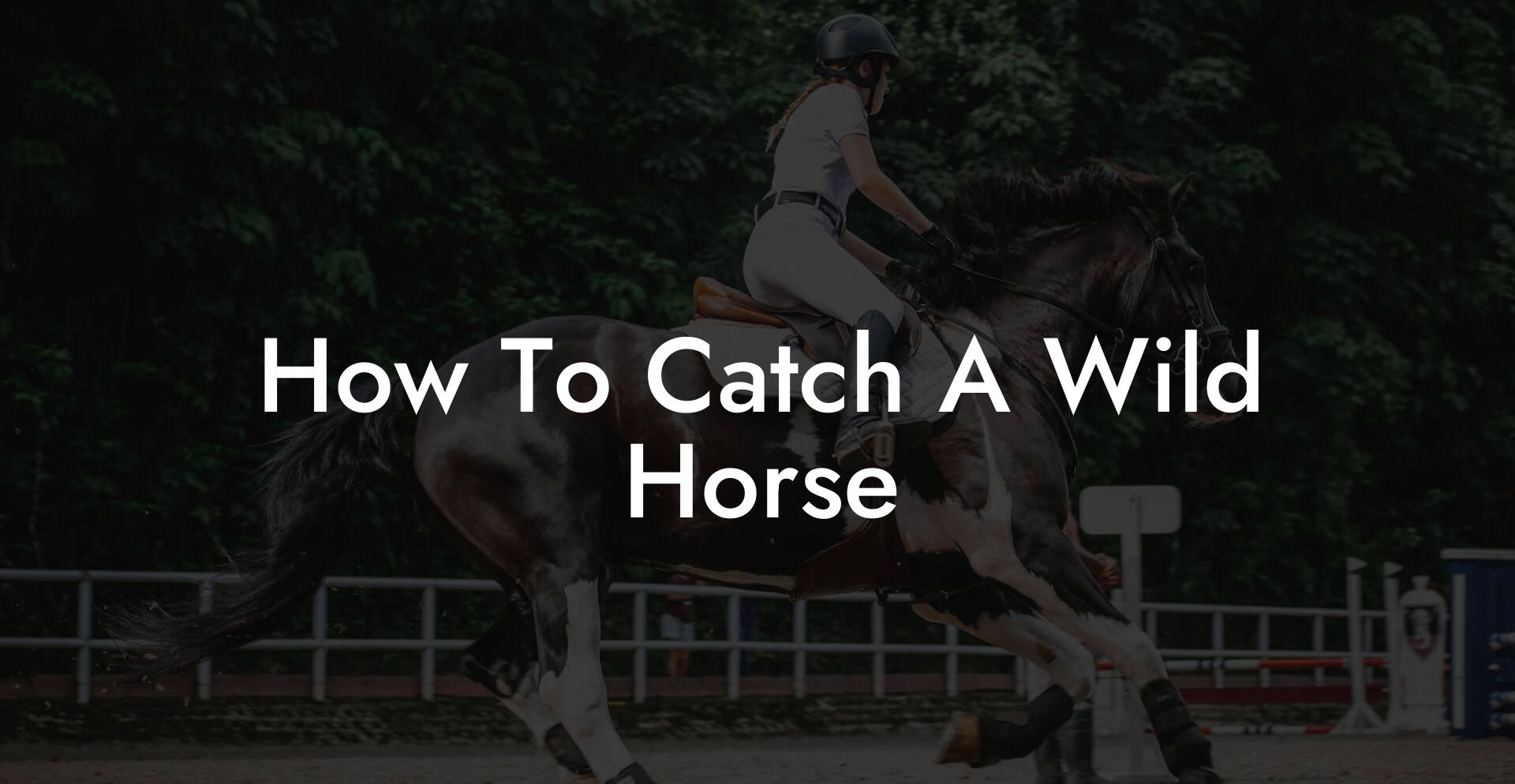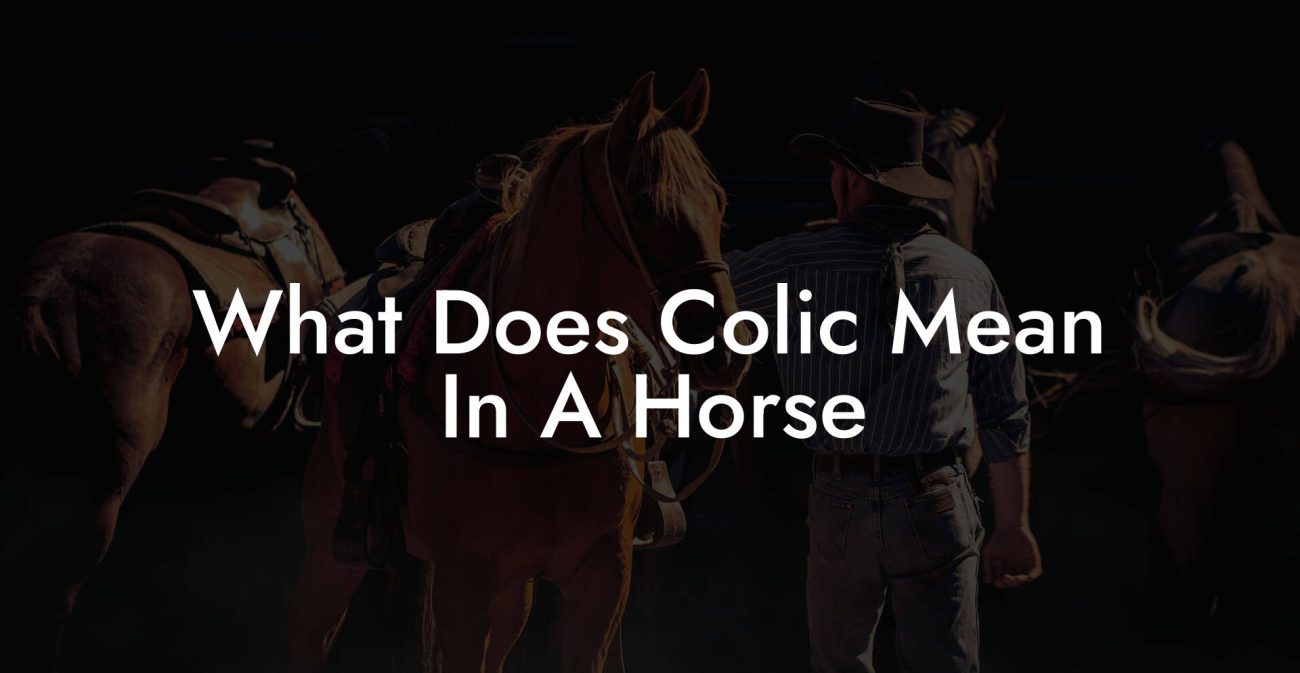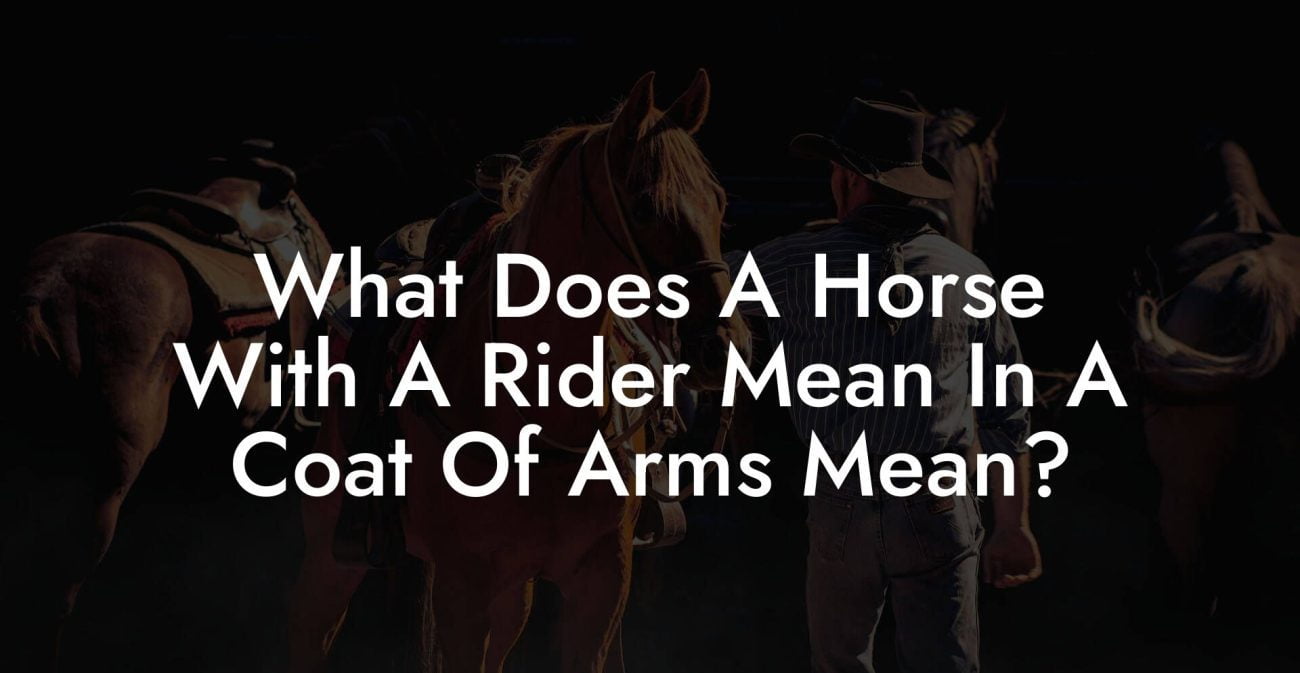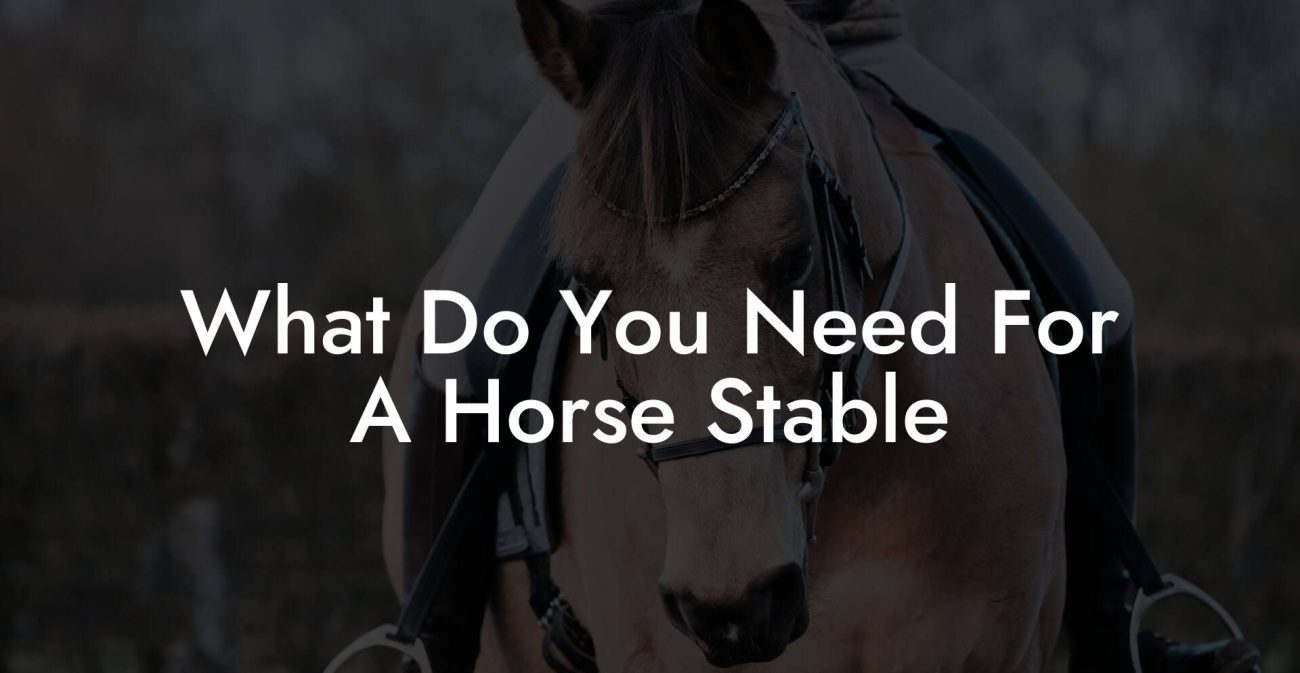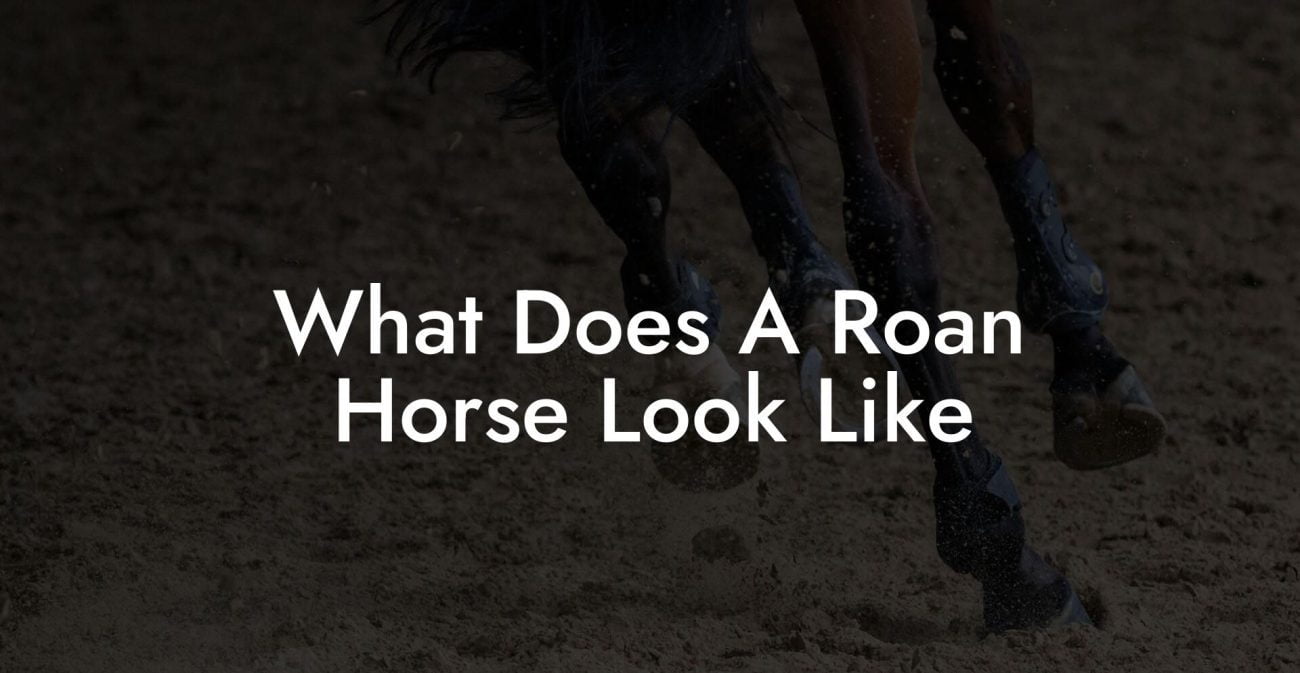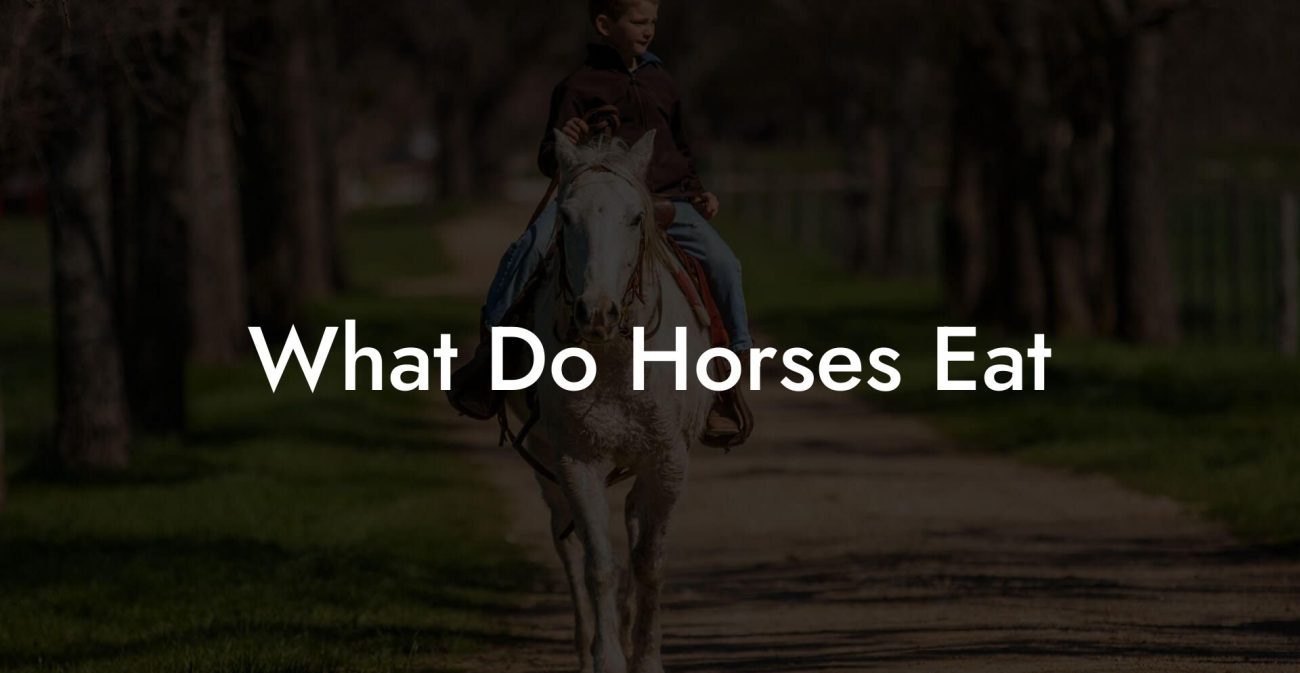There’s something undeniably magnetic about the wild, its raw energy, untamed spirit, and the allure of living on the edge. Picture yourself gliding quietly through the early-morning mist, heart pounding with excitement and nerves alight as you set out on what might seem like an epic quest: catching a wild horse. Not just any horse, but a magnificent creature that embodies freedom, strength, and a dash of that wild, unpredictable charm. This isn’t your average rodeo tale, it’s a deep dive into the art, science, and downright thrill of winning over one of nature’s most elusive wonders.
Quick Links to Useful Sections
- The Wild World of Equine Independence: Understanding Your Target
- Gearing Up: Safety, equipment, and That All-Important Mindset
- Mapping the Terrain: Research and Reconnaissance
- Techniques for Catching a Wild Horse: Balancing Patience With Precision
- 1. Observation and Familiarization
- 2. The Art of the Slow Approach
- 3. Trust Through Treats: The Role of Food
- 4. Mastering the Lasso (Metaphorically Speaking)
- 5. Calling in the Professionals: When to Seek Expert Help
- Post-Capture Care: Caring for Your Once-Wild Companion
- Building Bridges: The Art of Forming a Lasting Bond
- The Science of horse care: Beyond the Basics
- Case Studies: Taming the Untamed – Real-Life Success Stories
- Integrating Modern Tech: From Apps to Wearables
- Resources and Community Support: Your Next Steps
- Advanced Horse Care Strategies: Harnessing Nature and Nurture
- Overcoming Challenges: Common Pitfalls and How to Dodge Them
- Your Journey to a Wild yet Warm Bond
- Wild Horse Catching FAQs: Your Top Questions Answered
- Saddle Up: Your Next Chapter With a Tamed Wild Spirit
The Wild World of Equine Independence: Understanding Your Target
At first glance, wild horses might seem like they’re straight out of a movie, majestic, free, and maybe even a little bit rebellious. But before you lace up your boots and head into the great outdoors, it’s crucial to get familiar with your quarry. Wild horses, whether free-roaming on vast plains or stubbornly independent in isolated regions, are creatures with a deep-rooted sense of survival, innate social structures, and a personality as vast as the open range.
These horses have honed their instincts over generations, relying on speed, agility, and acute awareness to dodge predators and navigate the unpredictable elements of the wilderness. Their social lives are complex, revolving around tight-knit herds where hierarchy and mutual respect play vital roles. For you, this means understanding that catching a wild horse isn’t a matter of brute force or wild ambition, it's about tapping into the language of trust and respect that these animals use every day.
In the fascinating realm of wild equines, every subtle twitch of an ear, every sideways glance, tells a story of survival and independence. Dive deeper into their behavioral patterns and you'll soon realize that these horses are not merely animals to be subdued, they’re teachers of resilience, symbols of true freedom, and, if you’re lucky enough to win them over, lifelong companions on your own journey of growth and care.
Gearing Up: Safety, equipment, and That All-Important Mindset
Before you even consider approaching a wild horse, safety comes first, yours and the animal’s. Think of it as preparing for a high-stakes adventure where every decision matters. Unlike your everyday Instagram-worthy pet selfie, catching a wild horse demands precision, patience, and a deep respect for the power of nature.
First things first, don your safety gear. This isn’t about channeling your inner cowboy or cowgirl for a photo shoot; it’s about practicality. Long sleeves, sturdy boots, and a hat that not only shields you from the sun but also gives you that extra confidence boost are essential. And don’t forget a well-packed first-aid kit, just in case.
Mentally, approach this challenge with a sense of awe and humility. The wild horse is a master of its domain, and your goal is to earn its trust, not force the encounter. Embrace the mindset of a learner rather than a conqueror. After all, every wild horse has a story, and your role is to gently become a part of it.
Mapping the Terrain: Research and Reconnaissance
Knowledge is your best friend when it comes to locating and understanding wild horses. The first step is to do a little homework on where these equine free spirits are likely to roam. With the internet at your fingertips, hello, Gen-Z and millennial perks, dive into online forums, wildlife blogs, and social media groups where seasoned horse whisperers and nature enthusiasts share tips and recent sightings.
Look for clues about water sources, grazing areas, and seasonal migration patterns. Wild horses tend to stay near areas that provide reliable food and water, so these natural landmarks are your golden tickets. If you’re lucky, you might catch a glimpse of herd behavior patterns that signal where the leader, or stallion, is directing the group.
Once you’ve mapped out potential hotspots, consider investing in a good pair of binoculars or even a drone for a bird’s-eye view of the landscape. These tools not only enhance your observations but also allow you to plan your approach without startling your equine subjects.
Techniques for Catching a Wild Horse: Balancing Patience With Precision
Now that you’re armed with knowledge and geared up for adventure, let’s delve into the heart of the matter, how to catch a wild horse. Spoiler alert: it’s not about chasing or dominating. Instead, it’s about a finely tuned ballet of patience, timing, and creating a safe space for the horse to let down its guard.
The following subsections break down several widely respected techniques that have helped countless adventurers transform wary wild horses into trusting allies.
1. Observation and Familiarization
The process begins long before you even step foot into their territory. Spend time observing the herd from a distance, noting their routines, interactions, and points of vulnerability. Was there a specific time of day when the horses appeared more relaxed? Do they gather around a particular waterhole that might slow them down? Your mission is to learn the horses’ rhythms, ensuring that when you do make your move, it feels less like an interruption and more like a natural shift in the day’s pattern.
2. The Art of the Slow Approach
When the moment feels right, begin with a slow, deliberate approach. Yes, you read that correctly, a slow approach. Wild horses can sense fear and haste from miles away, so channel your inner Zen master. Walk steadily, avoid sudden movements, and speak in soft tones if you need to. Your mission is to communicate that you’re not a threat but rather a curious observer, a benefactor with something interesting to offer.
In some cases, having a partner or guide can help. While one of you makes the approach, the other can help maintain a safe perimeter, ensuring that the horse isn’t startled by unexpected shadows or movements in the background.
3. Trust Through Treats: The Role of Food
If observation and slow approach aren’t quite enough to break the ice, consider the age-old strategy: food. Naturally, wild horses are selective eaters, and many have an inherent wariness of human offerings. However, certain treats can pique their curiosity. Think along the lines of apples, carrots, or even specialized horse feed, items that are both nutritious and enticing.
Pour a little treat on the ground, then take a step back. Watch carefully as the horse approaches, sniffing and cautiously accepting your offering. This isn’t about bribery, it’s about building a bridge of trust. Over time, as the horse begins to associate your presence with positive experiences and tasty rewards, you’ll notice its body language soften and its curiosity replace its initial caution.
4. Mastering the Lasso (Metaphorically Speaking)
While the classic image of a cowboy spinning a lasso is deeply ingrained in popular culture, catching a wild horse in today’s world is more about finesse than force. Rather than resorting to ropes and sudden grabs, many experts advocate for using gentle corral techniques that guide the wild horse into a contained space. Temporary fencing or strategically placed barriers can help control the situation while ensuring the horse feels secure.
Remember, you’re not looking to imprison a free spirit but rather to invite it into a safer, controlled environment where proper care can begin. Think of it as creating a temporary sanctuary until you and the horse can work together to build a lasting bond.
5. Calling in the Professionals: When to Seek Expert Help
Let’s be honest: sometimes, the allure of the wild is too great to handle on your own. In many cases, especially if you’re dealing with a particularly skittish or aggressive herd, it might be best to partner with a professional horse trainer or wildlife expert. These seasoned individuals bring a wealth of experience, specialized equipment, and a calm demeanor that can transform a challenging encounter into a safe, educational experience.
Think of it as having an experienced mediator on your team, someone who understands the language of wild horses and can help translate their non-verbal cues into actionable insights for you.
Post-Capture Care: Caring for Your Once-Wild Companion
Congratulations, you’ve successfully navigated the complexities of catching a wild horse. But the adventure doesn’t end there. The moment after capture is critical in transforming an initially wary creature into a trusting and thriving partner. It’s time to shift gears from free-roaming adrenaline to the comforting rhythms of care, trust, and patience.
Immediately upon capture, focus on calming the horse and assessing its physical and emotional state. Provide a quiet space where the animal can recover from the stress of the encounter. This might mean leading it to a safe enclosure, free from abrupt noises and sudden movements. Allow the horse to settle at its own pace, gradually getting accustomed to its new environment.
A basic veterinary exam is non-negotiable. Wild horses might have hidden injuries or underlying health issues that require prompt attention. From checking for minor cuts to a full health screening, professional care ensures that your new companion is in the best possible condition for the transition ahead.
Over the following days, establish a routine that nurtures both the body and spirit of your horse. Regular feeding on high-quality hay, access to clean water, and a safe haven to relax build the foundation of trust. The immediate post-capture phase sets the tone for your long-term relationship, so be patient, gentle, and consistent.
Building Bridges: The Art of Forming a Lasting Bond
Once initial care is in place, it’s time to move from merely containing a wild spirit to truly connecting with it. Building a bond with a wild horse is not a race, it’s a gradual, incomparable journey of mutual respect and trust. Think of it as converting that initial burst of adrenaline into a marathon of genuine care.
Begin with simple routines. Spend quiet time near your horse, allowing it to approach you on its own terms. Sit silently together while enjoying the natural environment, music on your earbuds, a gentle breeze, and the shared silence acting as a bridge between two very different worlds. Over time, the horse will start to see you as a constant presence rather than a potential threat.
As your bond strengthens, introduce light grooming sessions. Use a soft brush to ease any remaining tension, and let the horse nuzzle you as a sign of acceptance. These small acts of affection are like patching together the first pages of a new chapter, where you both learn to trust the rhythm of life in comfortable silence.
Additionally, incorporate routine training exercises that are playful yet purposeful. Simple commands paired with positive reinforcement can gradually transform hesitant behavior into cooperative gestures. Use treats, gentle voice cues, and plenty of praise to keep the mood light and fun. Over several weeks or months, you’ll find that your wild companion begins to mirror your calm demeanor, unifying your efforts in a dance of mutual understanding.
The Science of horse care: Beyond the Basics
Caring for a wild horse once it’s become a valued companion isn’t just about the immediate post-capture phase; it’s a holistic, ongoing process that blends knowledge, empathy, and a willingness to learn. Whether you’re a seasoned equine enthusiast or a curious newcomer, modern horse care involves not only routine feeding and grooming but also understanding the intricate science behind equine health.
Begin with nutrition. Wild horses evolved to thrive on diverse, natural diets; however, once under your care, they benefit from a balanced regimen that includes quality forage, appropriate supplements, and controlled portions to keep them lean and healthy. Regular consultation with a veterinarian who specializes in equine nutrition can help tailor the diet to suit your horse’s unique needs, factoring in its age, activity level, and any pre-existing conditions.
Equally important is exercise and mental stimulation. Wild horses naturally cover vast distances daily, and replicating this level of activity, even in a controlled environment, is crucial to their overall well-being. Whether it’s through structured exercise routines, obstacle courses, or free-range grazing, ensuring that your horse gets ample movement can prevent common issues like obesity and joint stress.
Beyond nutrition and exercise, routine veterinary checkups, dental care, and hoof maintenance are pillars of comprehensive horse care. Innovations in equine health, from mobile veterinary services to state-of-the-art diagnostic tools, make it easier than ever to catch and address potential problems early, ensuring that your once-wild beauty remains in stellar condition.
Case Studies: Taming the Untamed – Real-Life Success Stories
Nothing illustrates the transformative power of a respectful, integrative approach quite like real-life success stories. Here are a few inspiring tales of individuals who not only caught a wild horse but, over time, nurtured it into a cherished companion.
The Lone Wanderer’s Redemption: Jake, a wildlife photographer with an appetite for adventure, spent years chasing the perfect shot of wild horses on the remote plains of the Southwest. One chilly dawn, armed with patience and an improvised feeding station, he managed to approach a timid mare. Over weeks, what began as cautious observations evolved into a silent partnership. Today, the mare, affectionately named “Luna,” roams freely alongside Jake’s guided tours, embodying the harmony of nature and human empathy.
From Rebellion to Trust: Mia, a former urbanite turned equine enthusiast, always dreamed of a life that resonated with nature. When she encountered a particularly fiery stallion in a remote stretch of grassland, her heart raced in both excitement and trepidation. By spending countless mornings quietly feeding and slowly extending hand after hand, she transformed initial hostility into a profound, wordless connection. The stallion, now fondly known as “Blaze,” reminds Mia every day that patience and kindness can overcome any wild streak.
The Healing Power of Consistency: In a story that resonates deeply with many, Sam, once a busy millennial caught in the dizzying pace of modern life, found solace and purpose volunteering at a wildlife rescue center. Tasked with helping rehabilitate a group of wild horses, Sam discovered that establishing routine, consistent care routines was the key. Through scheduled grooming, gentle training sessions, and a steady supply of treats, he witnessed the horses’ guarded eyes gradually open up to trust. Today, these horses enjoy a second chance under Sam’s dedicated care, thriving physically and emotionally in a safe, nurturing environment.
Integrating Modern Tech: From Apps to Wearables
It might surprise you to learn that technology has also saddled up in the world of wild horse care. From fitness trackers that monitor a horse’s activity levels to mobile apps that log feeding, training, and health metrics, modern toolkits are revolutionizing the way we interact with and care for these free spirits.
Imagine syncing your smartphone with a wearable device placed on your horse. This gadget tracks everything from heart rate to daily steps, alerting you when your companion might need more exercise or rest. These advances not only help maintain peak physical condition but also provide valuable data to fine-tune training and care methods.
For tech-savvy caretakers, joining online communities where data, experiences, and success stories are shared becomes an essential part of the process. Leveraging technology means you’re not just relying on instinct and tradition, it’s about marrying the best of the wild with the wonders of modern innovation.
Resources and Community Support: Your Next Steps
Transforming the wild into a shared space of trust and care is a journey best taken with a community of like-minded adventurers. There are countless resources out there, from local wildlife rehabilitation centers and equine rescue organizations to online forums and social media groups specifically dedicated to wild horse care.
Engage with experts and enthusiasts who share tips, success stories, and even cautionary tales. Attend workshops, webinars, and field demonstrations that teach everything from the basics of equine behavior to advanced techniques in non-invasive training. These communities are not just informational hubs; they’re a wellspring of inspiration and support, offering mentorship and camaraderie as you navigate your unique journey.
And let’s not forget the power of networking in today’s digital age. Follow seasoned professionals on YouTube, Instagram, and TikTok, where videos and live sessions offer real-time insights into handling wild horses. The blend of traditional wisdom and modern communication creates a vibrant ecosystem where learning never stops and every day brings a new opportunity to refine your skills.
As you move forward, consider contributing your own experiences, no matter how novice or unconventional they might seem. Sharing your story could be the spark that helps someone else find the courage to embark on their own wild horse journey.
Advanced Horse Care Strategies: Harnessing Nature and Nurture
For those ready to take their horse care to the next level, integrating holistic practices into your routine can be a game changer. This means combining conventional veterinary care with alternative therapies, mindfulness practices, and even nutrition adjustments that reflect the natural diets of wild horses.
Consider practices like acupuncture to alleviate tension, osteopathic massage to maintain muscle flexibility, and even herbal supplements that promote digestive health. The philosophy here is simple: honor the natural rhythms of your horse’s body while supplementing them with modern breakthroughs. This dual approach not only addresses immediate health needs but also creates a resilient framework for long-term vitality.
For instance, many caretakers have seen noteworthy improvements by integrating a bit of meditation into their daily routines, both for themselves and in the calming environment they craft for their horses. The result? A serene atmosphere where stress dissolves, and the magnificent creature in your care can truly thrive.
Overcoming Challenges: Common Pitfalls and How to Dodge Them
As with any epic adventure, the path to successfully catching and caring for a wild horse is dotted with obstacles. Whether it’s the unpredictability of the weather, the stubborn independence of the horse, or even your own hesitations, challenges are part and parcel of this journey.
One common pitfall is rushing the process. In your eagerness to bond, you might be tempted to force interactions or skip essential steps. Remember, every wild horse has its natural pace, and your role is to be the calm constant in the shifting winds of their world.
Another challenge is misinterpreting body language. Wild horses communicate in subtle gestures, a slight shift of the ears, a twitch of the tail, and learning these signals is crucial. Invest time in understanding these cues, and you’ll be better prepared to adjust your approach before any tension escalates.
Finally, maintaining consistency is key. It’s easy to fall off the routine in the face of life’s many distractions, but a steady rhythm of care builds the strong foundation of trust that wild horses need. Establish daily habits, feeding, grooming, and quiet moments of shared space, and stick to them religiously.
Your Journey to a Wild yet Warm Bond
The process of catching a wild horse, and then nurturing that initial spark into a warm, enduring bond, is one of life’s grand adventures. This journey isn’t defined by quick fixes or dramatic breakthroughs but by persistent care, mutual respect, and the understanding that both you and the horse are embarking on a path of discovery together.
Along the way, embrace both the successes and the setbacks. Every interaction is a lesson, every quiet moment a victory, and every shared treat a small celebration of trust. The endeavor of turning wild independence into a partnership built on empathy reminds us that life is all about the journey, messy, unpredictable, and wonderfully rewarding.
As you persist in your quest, you’ll find that the wild becomes a little less untamed and a lot more familiar. Your efforts create ripples that extend from the individual horse to the broader community of like-minded adventurers, all united by a passion for nature and a belief in the gentle power of care.
Wild Horse Catching FAQs: Your Top Questions Answered
Below are some of the most frequently asked questions about catching a wild horse, crafted to help guide you through the exhilarating process with insights drawn from experts and experienced enthusiasts alike.
1. Is it legal to catch a wild horse?
Legal aspects vary widely by region. In many areas, wild horses are protected under specific laws, so it’s critical to research your local regulations or work with licensed wildlife professionals if you plan to interact with these animals.
2. What are the best times of day to approach wild horses?
Early mornings and late afternoons are often ideal, as these are the times when horses tend to be more relaxed and are engaged in grazing or social interactions rather than high-energy pursuits.
3. How can I tell if a wild horse is receptive to my approach?
Look for signs of relaxed body language: soft eyes, ears that are not pinned back, and a cautious approach toward food or a calming presence. Every gesture is a conversation, read it well.
4. Do I need special permits or equipment?
Depending on your location and the context of your endeavor, permits may be required, and specialized equipment such as safe corrals or non-invasive restraining tools can be beneficial. It’s best to consult local wildlife authorities or experienced professionals.
5. What if a horse becomes aggressive during the process?
Aggressive behavior can be a sign of fear. If a horse shows signs of distress or aggression, back off and give it space. Safety, yours and the horse’s, is paramount, so never force an interaction.
6. How long does it typically take to earn a wild horse’s trust?
The timeline varies from horse to horse. It could take several weeks or months of consistent, calm interactions. Patience is key; every small step forward is a victory.
7. Can technology help in tracking or monitoring wild horses?
Yes, modern tools like GPS tracking, drones for aerial surveys, and wearable devices that monitor vital signs are increasingly used by professionals to better understand horse behavior and ensure safety.
8. How do I maintain the horse’s health once it’s in my care?
Regular veterinary checkups, a balanced diet modeled on their natural forage, routine exercise, and attention to dental and hoof care are critical components of comprehensive, ongoing horse care.
9. Can I safely handle a wild horse on my own after it’s captured?
Initially, it’s advisable to have professional guidance. As the horse becomes more comfortable and trained under your care, handling it alone gradually becomes safer.
10. What are some alternative methods to direct capture?
Alternatives include using herd management techniques, trap and release methods, or working with wildlife experts who employ non-invasive, humane strategies. Always prioritize methods that minimize stress and risk.
Saddle Up: Your Next Chapter With a Tamed Wild Spirit
The journey to catch a wild horse is more than an adventure, it’s a transformative experience that bridges the gap between untamed nature and heartfelt care. As you step into this realm, remember that every moment of hesitation, every small success, is a chapter in the story of a once-unreachable wild spirit becoming part of your life.
Embrace the beauty of the process, celebrate the tiny victories, and understand that the toughest challenges often yield the most rewarding bonds. This journey teaches us that strength, trust, and kindness are timeless currencies in the wild world of nature. Whether you’re an aspiring caretaker, an adrenaline-driven adventurer, or someone who simply dreams of a life touched by the beauty of the wild, the journey begins with that first, patient step into the unknown.
So go ahead: harness your curiosity, gather your gear, and let your heart lead you onto the vast, breathtaking fields where wild horses roam free. Remember, in this extraordinary dance of nature and nurture, every day spent with a wild horse is a day that enriches your life, one genuine connection at a time.
Your wild journey awaits, saddle up and embrace the adventure with open arms and an open heart!

